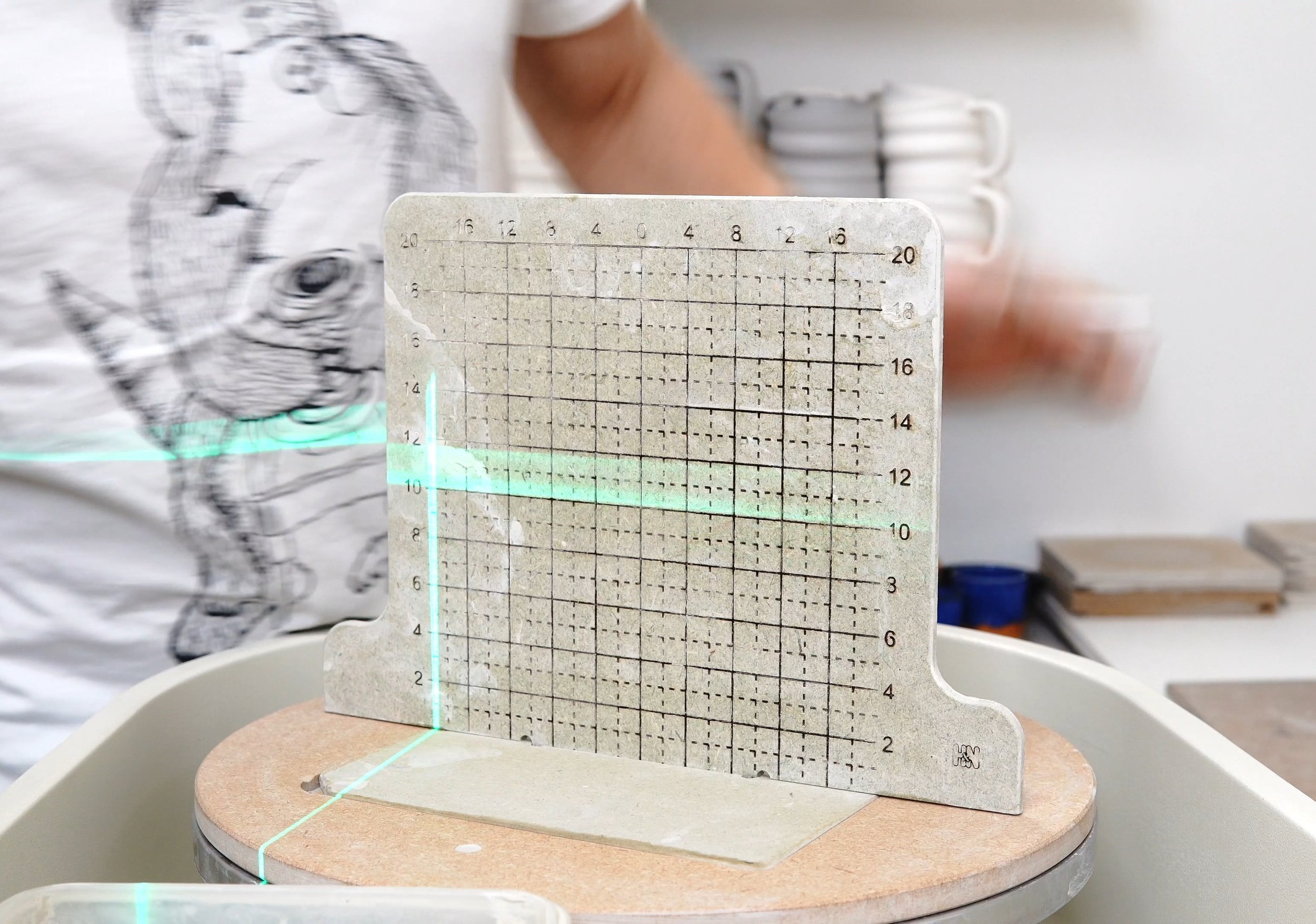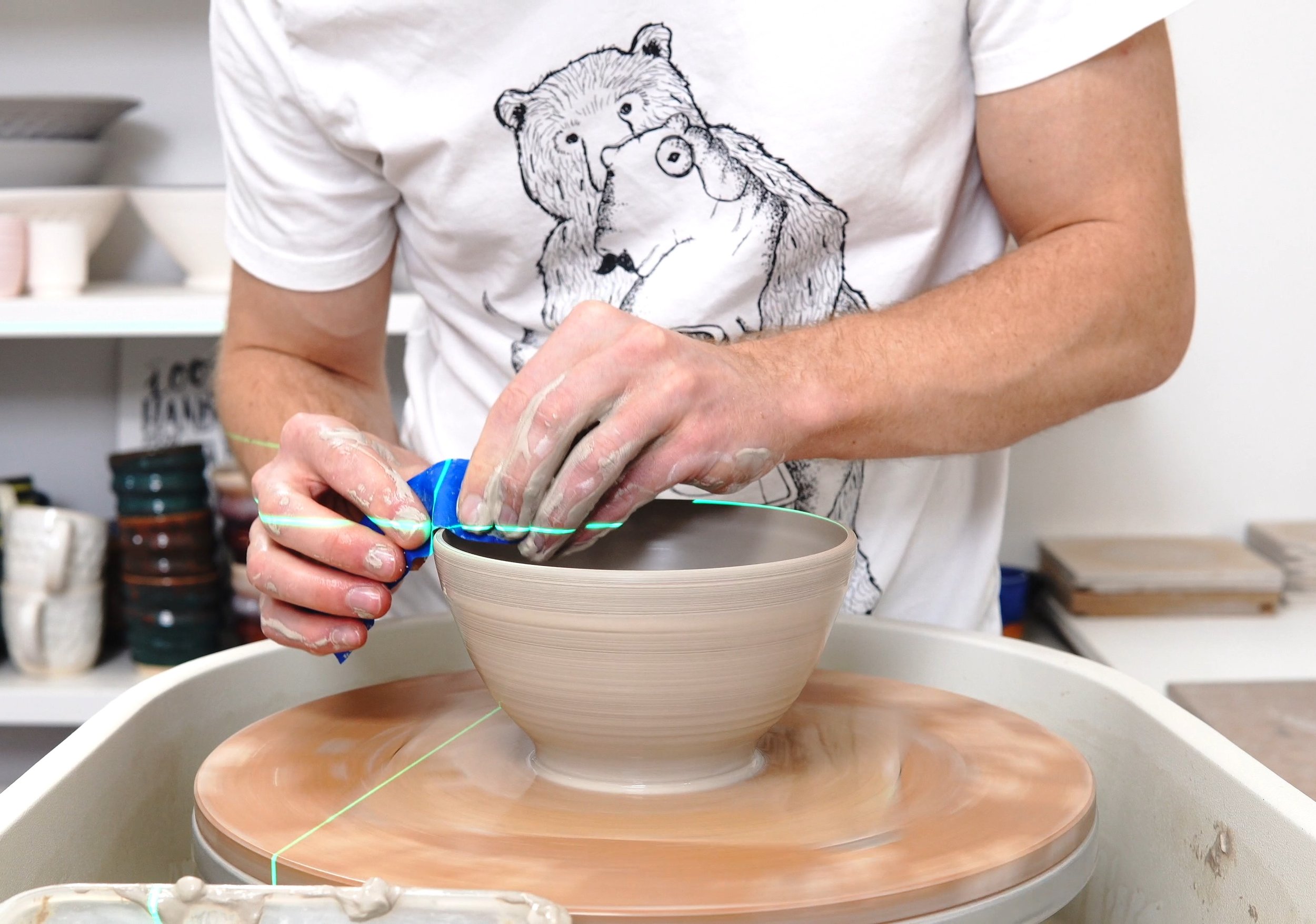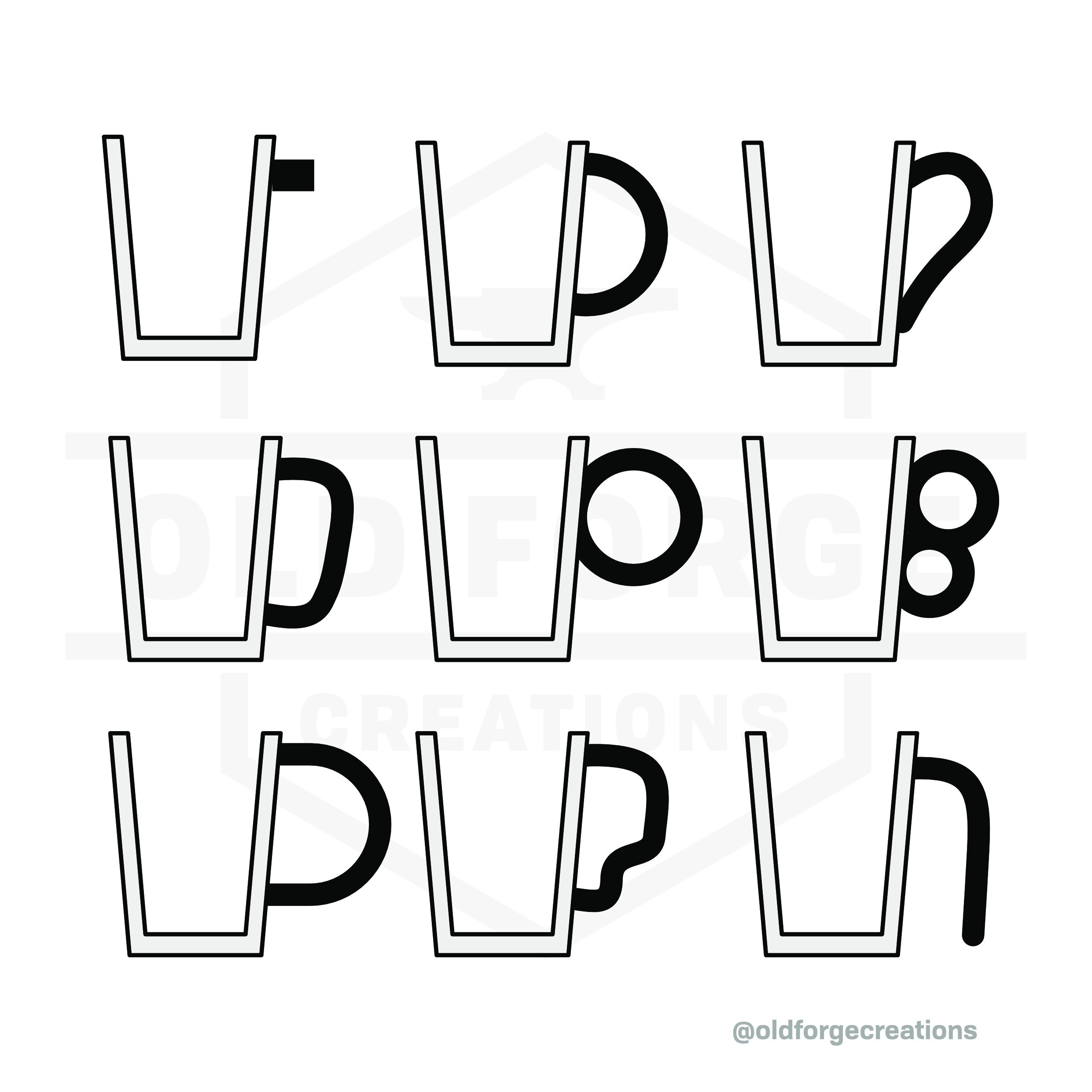Clay Shrinkage - How To Use That Number
When you buy a premade clay, you’ll usually get a Shrinkage Percentage number. They’re typically in the 10-20% range, and represent the amount the clay will reduce in size from plastic (fresh out of the bag) to fully fired.
This number is important when it comes to understanding the relationship between the size you need to make a piece and the size it will be once it’s finished. If you’re asked to make a piece with a certain finished dimension, or you’re planning on adding non-clay elements (like lids) and need the fired piece to fit, the shrinkage percentage will allow you to calculate exactly how large you need to make it.
However, it’s easily misunderstood.
You might think that if your clay shrinks 10%, you’d just need to add 10% to get the thrown size. It sounds sensible, and it’s a simple calculation, but it’s not quite right.
It’s a mistake I see a lot on Instagram, and one I made myself too (for several years). At smaller shrinkage percentages it is even close enough that it won’t matter most of the time.
The reason it’s incorrect becomes more obvious at higher shrinkage percentages though. Imagine a clay with 50% shrinkage. It would halve in size from thrown to fired, and that would mean you’d need to throw it twice as big as the desired finished size. If you wanted a finished size of 10cm, you’d throw it to 20cm.
If you were to use the rule above (add the shrinkage %), you’d be throwing it 50% larger to account for the shrinkage and you’d be making it 15cm. When that shrinks to 7.5cm in the firing, you’re probably going to be quite disappointed with how well your 10cm lid fits.
The correct calculation is almost as simple, but slightly less intuitive. You divide the desired final size by the percentage left after the shrinkage.
Essentially, if you know your clay shrinks 10%, then you also know that the final piece is 90% of the original size. It’s the 90% (100% - shrinkage %) that’s important for the calculation. I imagine it’s that extra step that makes it less intuitive, and if clay suppliers gave us the final size % rather than the shrinkage, far fewer people would make this mistake.
So, this is how you calculate thrown size from a desired fired size and a clay shrinkage percentage:
Desired Fired Size / [100% - Shrinkage %] = Required Thrown Size
For example, if you wanted a 10cm piece from a clay with 10% shrinkage:
10cm / 90% = 11.1cm
If you wanted an eight inch piece from a clay with 15% shrinkage:
8” / 85% = 9.41”
You don’t have to be able to do this calculation yourself, you can just input the numbers into google or a phone calculator and it’ll give you the right answer. If you’re using a calculator that doesn’t allow you to use the % number in the calculation, you can achieve the same answer by turning it into a decimal (90% is the same as 0.90, 85% is the same as 0.85, and so on. Just put a zero, a decimal point, then the percentage numbers)
Or, by popular demand (by which I mean at least three people asked for it), here’s a spreadsheet to do it for you:
Clay Shrinkage Calculator
The spreadsheet will do all the calculations for you, for multiple clays. It’s a modified version of the document I use for all of my pieces. There’s no point in working harder than you have to!
If you like this sort of content and want to support the creation of more, I now have a Patreon specifically for it or a page on my website if you just want to make a single donation.












